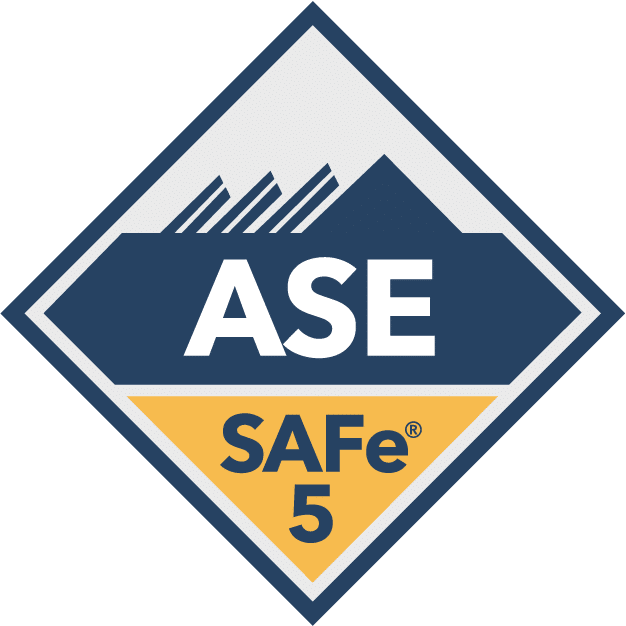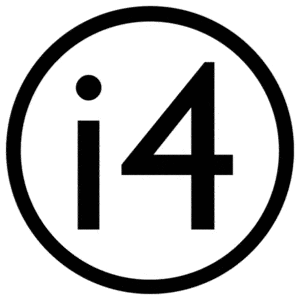SAFe® Agile Software Engineering
SAFe® Agile Software Engineering Course
The introduction of Lean-Agile and DevOps principles and practices into software engineering has sparked new skills and approaches that help organizations deliver higher-quality, software centric solutions faster and more predictably.
This three-day, workshop-oriented course explores foundational principles and practices and how continuous flow of value delivery and built-in quality are enabled by XP technical practices, Behavioral-Driven Development (BDD), and Test Driven Development (TDD). Attendees will learn proven practices to detail, model, design, implement, verify, and validate stories in SAFe® Continuous Delivery Pipeline, as well as the practices that build quality into code and designs. Attendees will also explore how software engineering fits into the larger solution context and understand their role in collaborating on intentional architecture and DevOps.


Who Will Benefit?
Topics Covered
- Introduction to Agile Software Engineering
- Connecting Principles and Practices to Built-In Quality
- Accelerating Flow
- Applying Intentional Architecture
- Thinking Test-First
- Discovering Story Details
- Creating a Shared Understanding with Behavior-Driven Development (BDD)
- Communicating with Models
- Building Systems with Code Quality
- Building Systems with Design Quality
- Implementing with Quality
Prerequisites
All are welcome to attend the course, regardless of experience. However, meeting the following
prerequisites will make the training more productive.
- Understanding of SAFe for Teams
- Background in engineering, development, managing development, or quality assurance
What You Get
Class registration includes:
- Printed workbook
- Preparation and eligibility to take the SAFe® 5 Agile Software Engineering (ASE) exam
- One-year membership to the SAFe Community Platform
- Certification of completion
What you’ll learn
To perform the role of a SAFe® Agile Software Engineer, you should be able to:
- Define Agile Software Engineering and the underlying values, principles, and practices
- Apply the Test-First principle to create alignment between tests and requirements
- Create shared understanding with Behavior-Driven Development (BDD)
- Communicate with Agile modeling
- Design from context for testability
- Build applications with code and design quality
- Utilize the test infrastructure for automated testing
- Collaborate on intentional architecture and emergent design
- Apply Lean-Agile principles to optimize the flow of value
- Create an Agile Software Engineering plan
